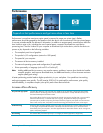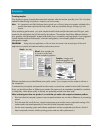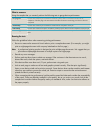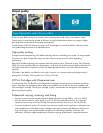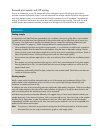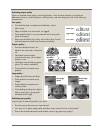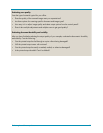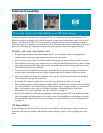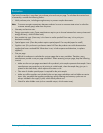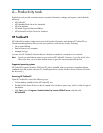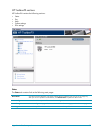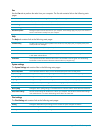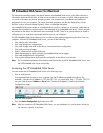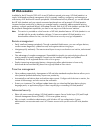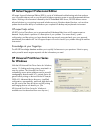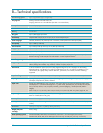
Evaluating laser all-in-one products 21
Evaluation
Total cost of ownership is more than just purchase price and cost per page. To calculate the true total cost
of ownership, consider the following factors:
• Initial purchase price, including enough memory to process complex documents.
Note To ensure accurate comparisons between products, be sure to compare street prices (or what the
customer actually pays) rather than list prices.
• Warranty and service costs.
• Energy consumption costs. (Some manufacturers require you to choose between fast warm-up times and
energy efficiency, while HP offers both.)
• User productivity costs. (How easy is it to learn to use the product? How easy is it to print your
documents correctly?)
• Special paper costs. (Does the product require special paper? Can recycled paper be used?)
• Supplies costs. (Do you have to purchase a starter kit? Does the product come with demonstration
supplies that have a reduced life? What does it cost, in both expense and downtime, to replace
supplies?)
• Cost per page.
It is difficult for end-users to calculate the cost per page due to many variables. Therefore, many
manufacturers provide a cost per page calculation. When assessing cost per page, keep the following
in mind:
• Make sure the cost per page associated with a product’s print sample represents that sample. Some
manufacturers may quote the cost of printing in a draft mode, when the sample they give you is
printed in their best mode, which requires more toner or ink.
• Take note of whether special paper is required for the print sample.
• Make sure all the supplies are included in the cost per page calculation and not hidden as service
items. Also, remember that supplies used during routine cleaning and warm-up cycles are not
always included in the supply’s yield, which directly affects cost.
• Watch for other hidden costs (such as unusable output, which wastes toner).



